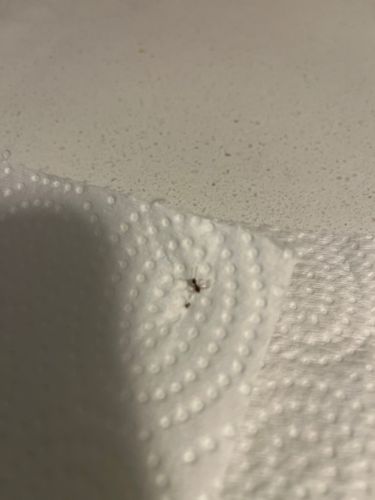Ant
Scientific Name: Formicidae (family)
Order & Family: Hymenoptera (Order), Formicidae (Family)
Size: Typically 2 to 25 mm (0.08 to 1 inch), depending on the species.

Natural Habitat
Highly adaptable, ants live in diverse habitats including forests, deserts, urban areas, and grasslands. They typically build nests underground, in wood, under rocks, or within structures.
Diet & Feeding
Highly varied and depends on the species. Many are omnivorous, feeding on nectar, seeds, fungi, other insects (both living and dead), and human food scraps. Some species specialize, e.g., harvester ants eat seeds, army ants are predatory.
Behavior Patterns
Ants are highly social insects living in organized colonies that can range from a few dozen individuals to millions. They exhibit complex behaviors including division of labor (queens, workers, soldiers, males), communication through pheromones, foraging for food, caring for their young, and defending their colony. They often form visible trails when foraging.
Risks & Benefits
Risks: Can be considered pests when they invade homes searching for food, contaminate food, or cause structural damage (e.g., carpenter ants). Some species can inflict painful bites or stings (e.g., fire ants). Benefits: Play crucial ecological roles as scavengers, consuming dead organic matter and pests. They contribute to soil aeration and nutrient cycling, and some species are important for seed dispersal.
Identified on: 9/5/2025